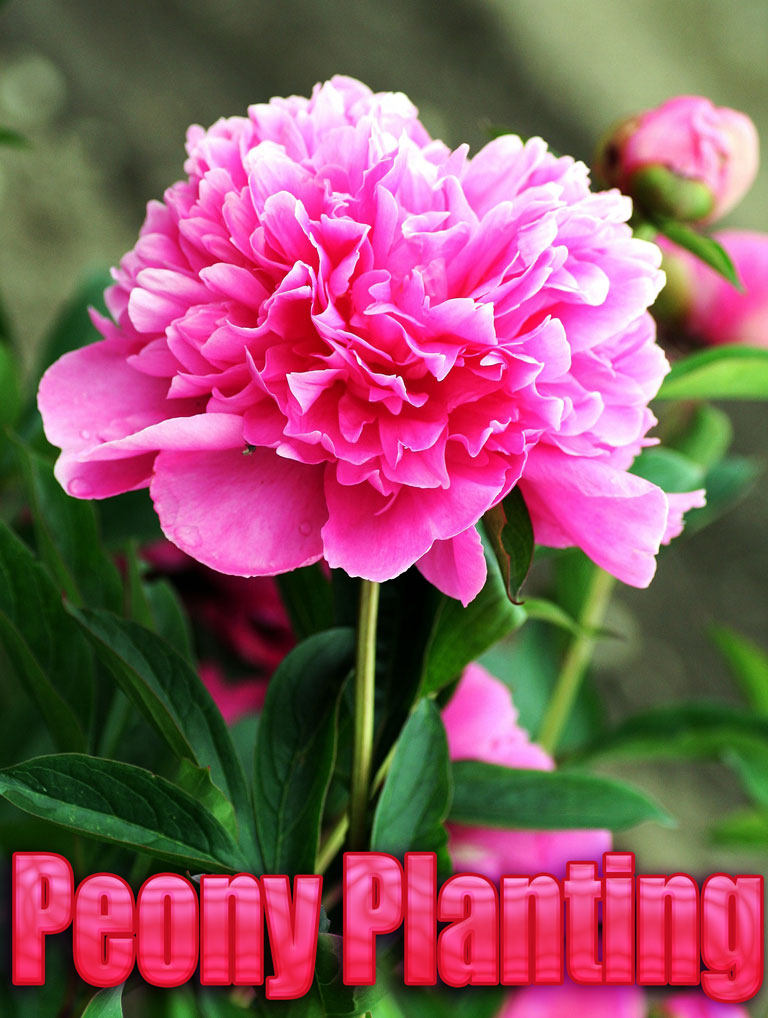
Peony Planting
Peonies are renowned for their large, colorful, bowl-shaped, flowers and dark green foliage. Once established, these beauties are some of the longest-lived and most reliable garden plants.
About Peony
Peony varieties with huge, double flowers will be the focal point of the garden when they bloom in early summer. Single-flowered types are more subtle and combine well with other perennials. Flower colors include pink, red, white, and yellow, and the plants grow 18 inches to 3 feet tall, depending on the variety. Peonies make an attractive low hedge. However, they can take up to 3 years to mature, and don’t perform well in hot summer climates.
Special Features
- Easy care/low maintenance
- Fragrant
- Good for cut flowers
Site Selection
Select a site with full sun and moist, well-drained soil. Herbaceous peonies grow well in zones 3-8, intersectional peonies Zones 3-7.
When choosing a site first, consider the amount of sun. The more sun an herbaceous or intersectional peony has, the better it will grow and the more flowers it will have. Planted in less than full sun, it will take longer to mature and flower. Full flower forms like rose and crown hold up well in hot afternoon sun, while lighter flowers forms like single and anemone need protection from hot afternoon sun.
consider soil conditions. Peonies tolerate a wide range of soil conditions. Ideally, you want a neutral to slightly alkaline soil that has good drainage and high organic content. Peonies planted in clay soil, amended to ensure good drainage, take longer to become established but produce beautiful flowers for generations as clay soil retains nutrition. Peonies planted in sandy soil take less time to become established but can produce less striking plants as nutrients easily leech out of the soil. If planting in sandy soil, amend with clay and compost and top dress several times a year with compost to renew the soil.
Planting Instructions
Plant container-grown peonies in spring or fall, spacing plants 2 to 3 feet apart. Prepare the garden bed by using a garden fork or tiller to loosen the soil to a depth of 12 to 15 inches, then mix in a 2- to 4-inch layer of compost. Dig a hole twice the diameter of the pot the plant is in. Carefully remove the plant from its container and place it in the hole so the top of the root ball is level with the soil surface. Carefully fill in around the root ball and firm the soil gently. Water thoroughly. Plant bare-root peonies in late summer or fall, setting the roots so that the buds are no more than two inches below the soil surface. If you plant them deeper, they may fail to bloom.
Care
Apply a thin layer of compost each spring, followed by a 2-inch layer of mulch to retain moisture and control weeds. Water plants during the summer if rainfall is less than 1 inch per week. Stake tall varieties to keep them upright. After the first killing frost, cut stems back to an inch or two above soil line. The first winter, apply a 4- to 6-inch layer of protective mulch after the ground freezes, to prevent roots from being heaved out of the ground by alternate freezing and thawing. Once your peonies are established, annual winter mulching is not necessary.
Remove this protective mulch in the spring. Regardless of soil conditions, herbaceous and intersectional peonies need soil that drains, they cannot tolerate wet feet and do not do well on sprinkler systems.
All peonies are best suited to locations that are well draining, never become waterlogged, and are not watered by a daily sprinkler system. They are tolerant of a wide range of pH but prefer neutral to slightly alkaline soils. Please see the information below for specifics on the light and growth requirements for each type of peony.

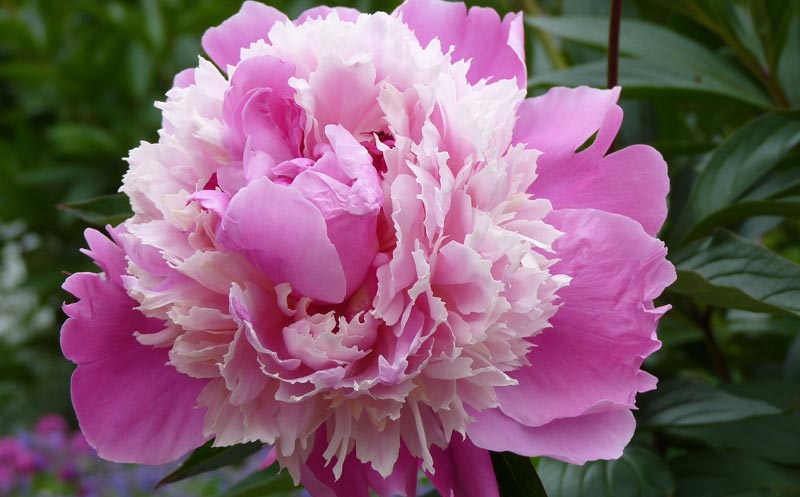
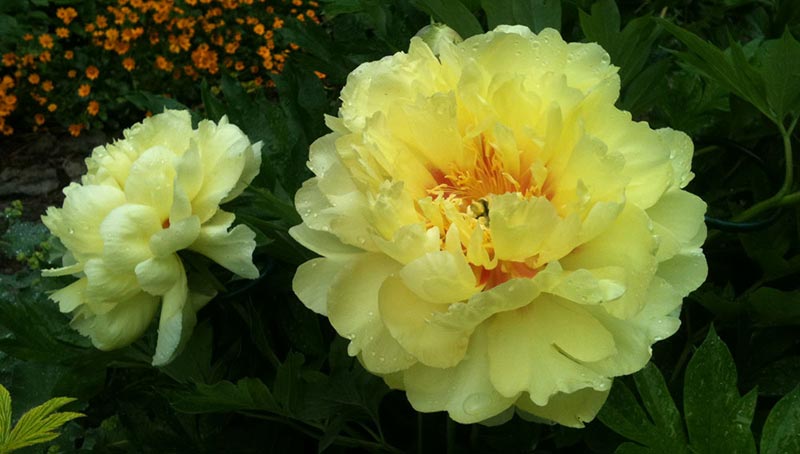
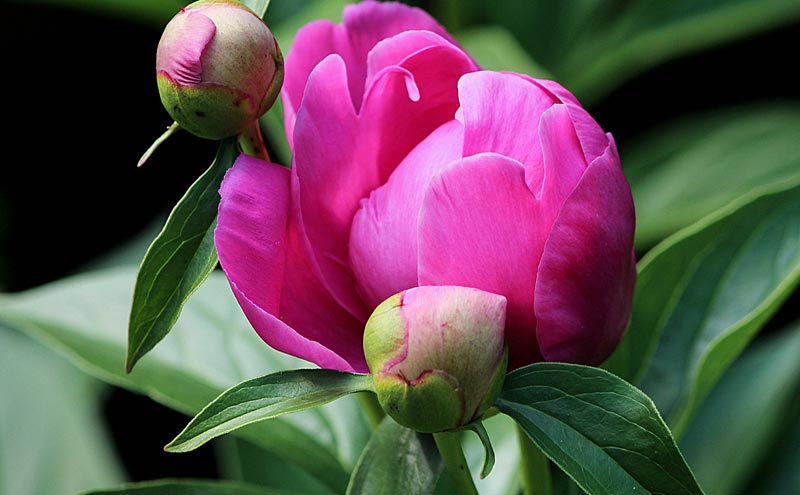
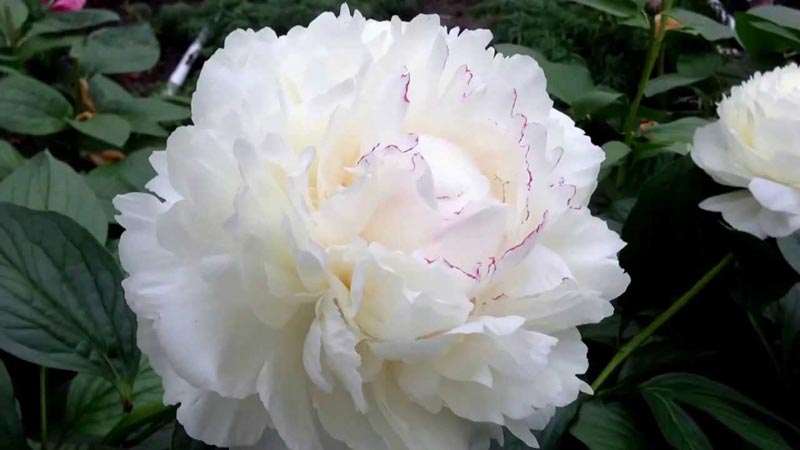
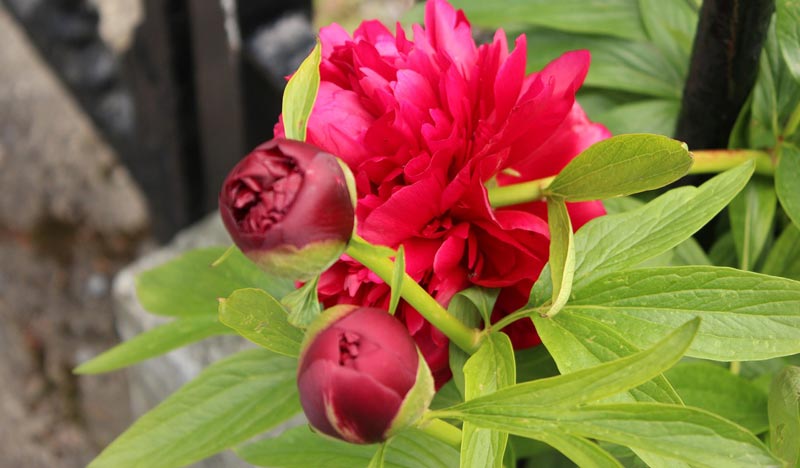

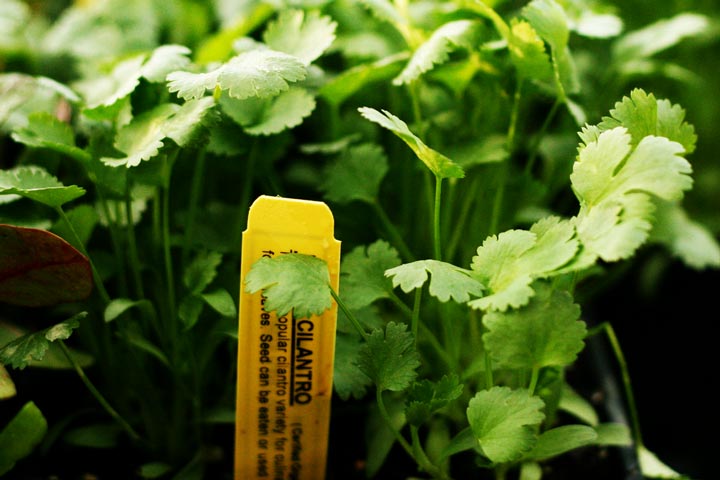
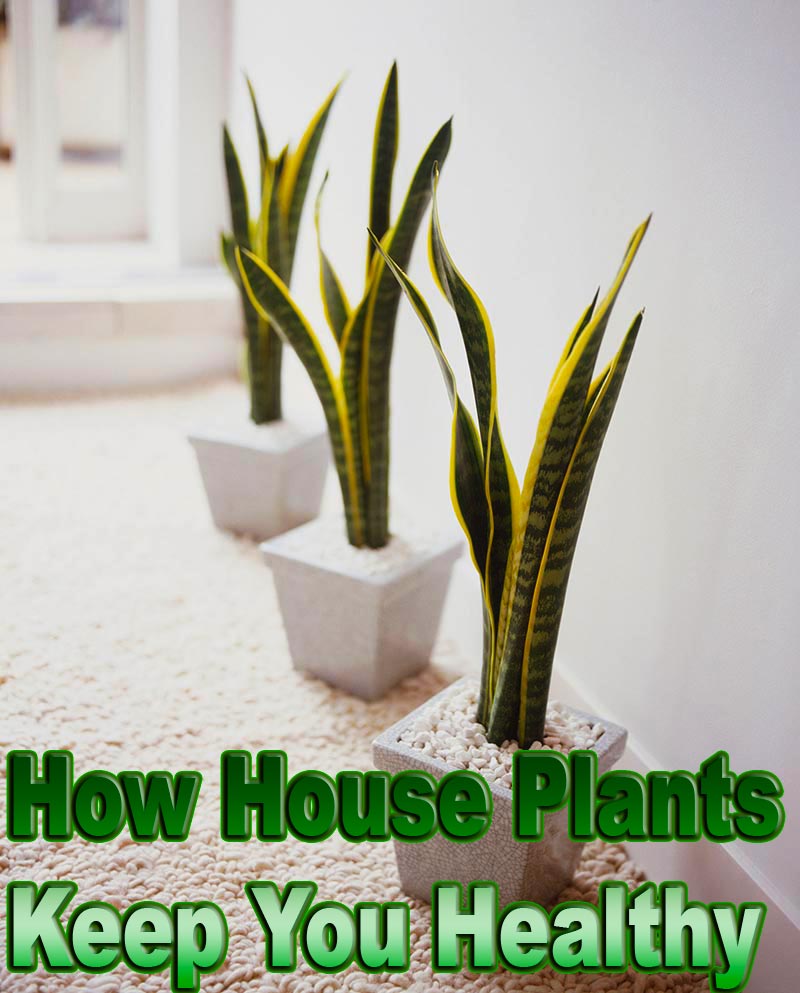
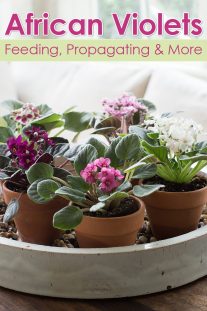
Leave a Reply